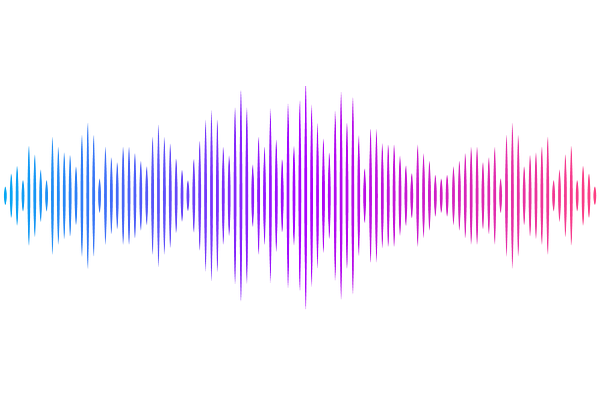PDRs4All XV. Tracing AIB characteristics in PDR spectra with PAHFIT in the JWST era

PDRs4All XV. Tracing AIB characteristics in PDR spectra with PAHFIT in the JWST era
Dries Van De Putte, Els Peeters, Karl D. Gordon, J. D. T. Smith, Thomas S. -Y. Lai, Alexandros Maragkoudakis, Bethany Schefter, Ameek Sidhu, Dhruvil Doshi, Olivier Berné, Jan Cami, Christiaan Boersma, Emmanuel Dartois, Emilie Habart, Takashi Onaka, Alexander G. G. M. Tielens
AbstractPhotodissociation regions (PDRs) exhibit emission between 3-20 um known as the Aromatic Infrared Bands (AIBs), originating from small carbonaceous species such as polycyclic aromatic hydrocarbons (PAHs). The AIB spectra observed in Galactic PDRs, such as the Orion Bar observations by the PDRs4All JWST program, are considered a local analog for those seen in extragalactic star-forming regions. We present the Python version of PAHFIT, a spectral decomposition tool that separates the contributions by AIB subcomponents, thermal dust emission, gas lines, stellar light, and dust extinction. By fitting segments of the Orion Bar spectra, we provide a configuration to decompose JWST spectra of PDRs in detail. The resulting central wavelengths and FWHM of the AIB subcomponents are compiled into a "PDR pack" for PAHFIT. We applied PAHFIT with this PDR pack and the default continuum model to spectra of the central star forming ring of the galaxy NGC7469. We introduce an alternate dust continuum model to fit the Orion Bar spectra, as the default PAHFIT continuum model mismatches the intensity at 15-26 um. PAHFIT fits with the PDR pack and the alternate continuum model reproduce the Orion Bar spectra with residuals of a few percent, and similar performance is achieved for the NGC7469 spectra. We provide PAHFIT-based diagnostics that trace the profile variations of the 3.3, 3.4, 5.7, 6.2, and 7.7 um AIBs, and thus the photochemical evolution of the AIB carriers. The 5.7 um AIB emission originates from at least two subpopulations, one more prominent in highly irradiated environments and one preferring more shielded environments. Smaller PAHs as well as very small grains or PAH clusters both thrive in the more shielded environments of the molecular zone in the Orion Bar. Based on these new diagnostics, we quantify the similarities between the AIB profiles observed in the Orion Bar and NGC7469.